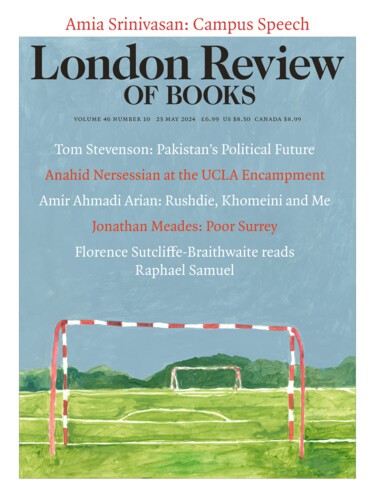At the Punta della Dogana: Pierre Huyghe’s Posthumans
John-Paul Stonard, 12 September 2024
Asmall, pale limulus horseshoe crab, one of those prehistoric-looking creatures with long tails, scuttles across the sandy bed of a large aquarium. From behind a boulder improbably suspended in the water appears a long-legged arrow crab, with its distinctive Eiffel Tower-shaped head and spindly scarlet legs. The arrow crab picks up something white with a pincer and begins to munch on it, as...





